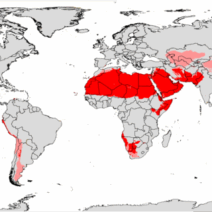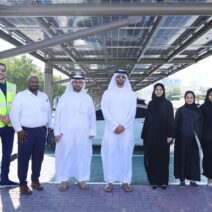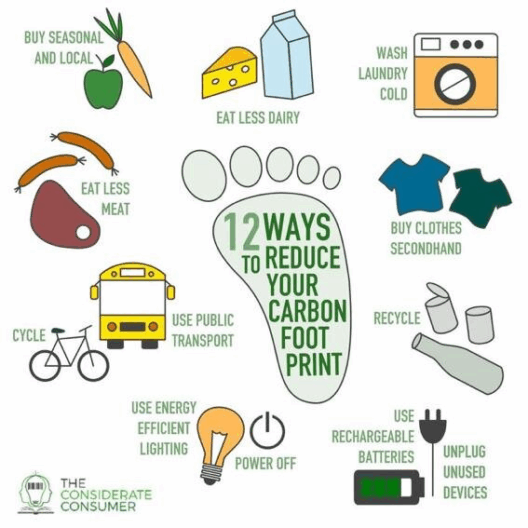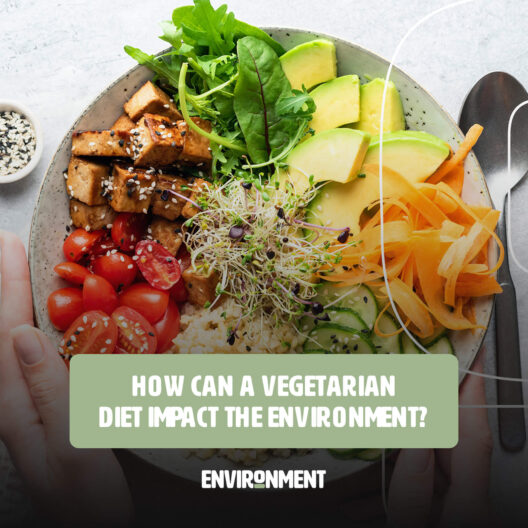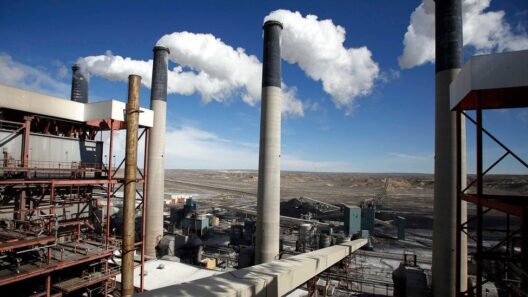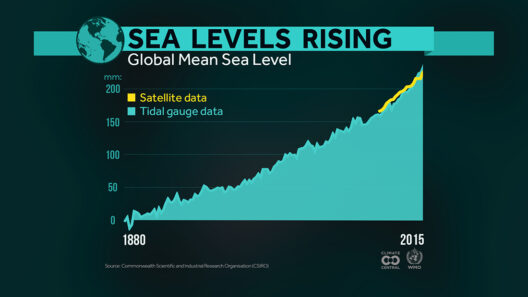The ever-increasing human population is a factor that intertwines with several critical dynamics underlying global warming. As the global populace surges, the demand for energy, resources, and space escalates correspondingly. The correlation between rising populations and increasing carbon emissions manifests through various avenues, revealing a multifaceted challenge we face in the battle against climate change.
Demographically, human numbers reached 8 billion in 2022, a benchmark that illustrates not merely the triumph of public health and agricultural advancements but also points to substantial ecological footprints and a burgeoning crisis. Each additional person requires sustenance, housing, and energy—necessitating the extraction and consumption of finite resources, often at unsustainable rates.
Energy consumption is one of the more direct pathways through which population growth exacerbates global warming. In developed nations, per capita energy use is significantly higher than in developing regions. However, the growth of urban centers, particularly in developing areas, leads to an accelerated increase in energy demand. These urban agglomerations often rely on fossil fuels, a primary source of greenhouse gas emissions. The sheer scale of energy consumption linked to urbanization promotes higher emissions, further intensifying climate change.
Additionally, the increase in population directly influences land use and agricultural practices. The expansion of farmland to meet the demands of a growing populace results in deforestation, destruction of natural habitats, and loss of biodiversity. Forests act as vital carbon sinks; when they are removed, not only is this critical function lost, but the carbon stored within the trees is released back into the atmosphere, amplifying the greenhouse effect.
The agriculture sector itself is both a responder to and a contributor to climate change. Its designs and techniques perpetuate a cycle of unsustainable practices. As more mouths need feeding, higher yields necessitate increased use of fertilizers, pesticides, and reliance on monoculture practices. These approaches are not only damaging to soil health but also lead to the release of nitrous oxide—a potent greenhouse gas. This systemic recursion feeds the cycle of climate change, wherein climate impacts may also affect food security, driving further demands on agricultural productivity.
Moreover, the waste generated by a growing population must be considered. Human activity produces vast quantities of waste that contribute to methane emissions when organic matter decomposes in landfills. Less developed regions often lack the infrastructure to manage waste efficiently, exacerbating this problem. On the other hand, highly industrialized nations produce all forms of waste, including consumer goods, packaging, and industrial by-products, which require energy-intensive processes for disposal and recycling.
Urbanization, while often associated with economic growth, presents its own set of challenges. Highly populated cities, particularly ones that lack sustainable design, tend to create ‘heat islands’ where elevated temperatures exacerbate local climate conditions. Urban infrastructure typically relies on extensive energy consumption, leading to increased CO2 emissions. This is compounded by transportation needs and the often-distant supply chains that accompany consumer culture in densely populated areas.
Socially, a growing population also brings forth challenges concerning equity and resource distribution. Higher demands on resources can create tensions, leading to conflicts over water, food, and energy allocations. As resource scarcity becomes more pronounced, marginalized communities generally feel the harshest impacts, revealing another layer of injustice intertwined with climate issues. This inequality not only undermines social stability but also hampers collaborative efforts necessary for combating climate change at regional and global scales.
To address these issues, it is paramount to acknowledge the role of policy and education. Family planning, access to education (especially for women), and policies aimed at reducing carbon footprints are vital strategies that have demonstrated potential to alleviate pressures on both population and climate. Encouraging sustainable practices through comprehensive legislation can help mitigate the environmental impact of growing numbers.
Technological advancements can also play a pivotal role. Innovations in renewable energy, waste management, and sustainable agriculture have the potential to decouple population growth from carbon footprints. Transitioning to alternative energy sources like solar, wind, and geothermal can reduce reliance on fossil fuels, while advancements in efficient agricultural techniques can enhance productivity without further damaging ecosystems.
Moreover, fostering a cultural shift towards sustainability is essential. This includes promoting conservation, encouraging responsible consumption, and advocating for renewable resources. Individuals must embrace a collective responsibility in altering consumption patterns and shifting towards greener choices, which collectively can lead to significant reductions in global warming contributions.
In conclusion, the interplay between human population growth and global warming is complex and extensive. As we increase in numbers, our responsibilities multiply. The urgency of addressing climate change cannot be overstated; our very existence and future generations depend on our ability to tread lightly on this planet. By understanding the intricate connections between population dynamics and environmental degradation, we can equip ourselves with the knowledge necessary to advocate for effective solutions. Global collaboration, innovative technologies, and a commitment to sustainable practices will be crucial in reframing our relationship with our planet amidst the challenges of humanity’s growth.
